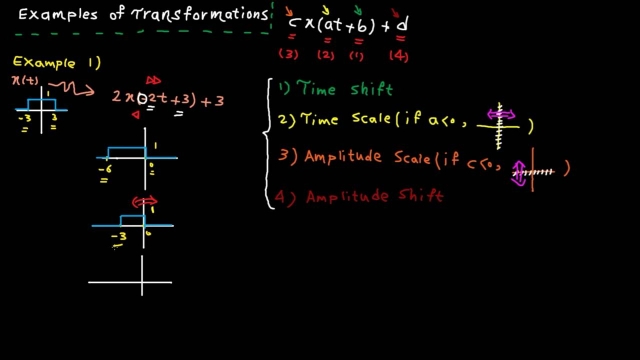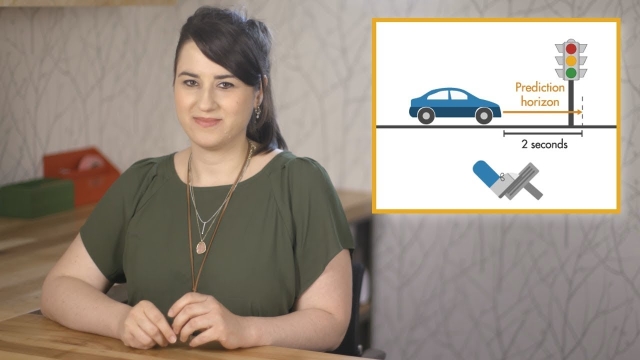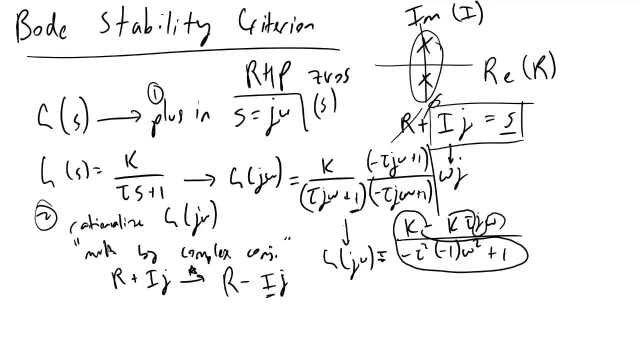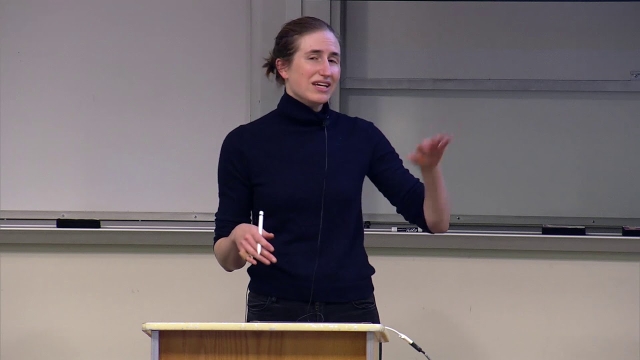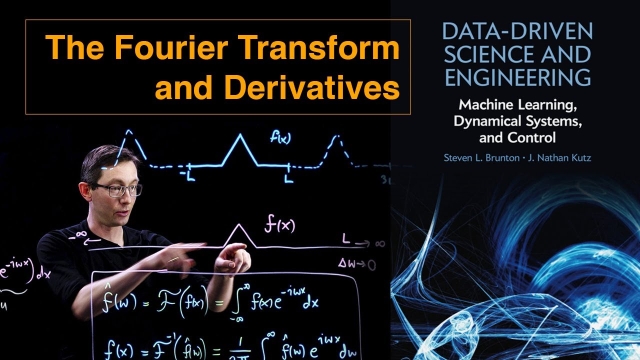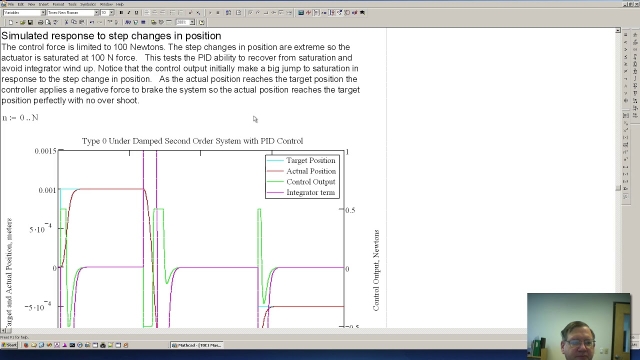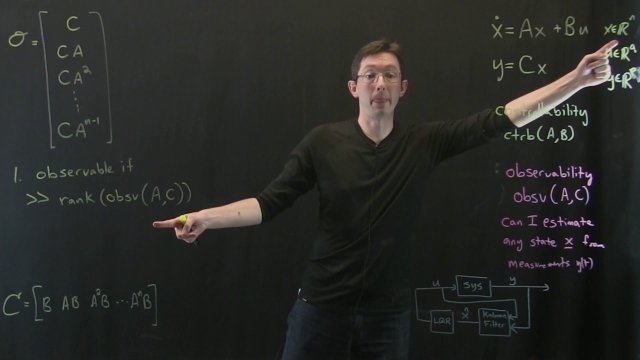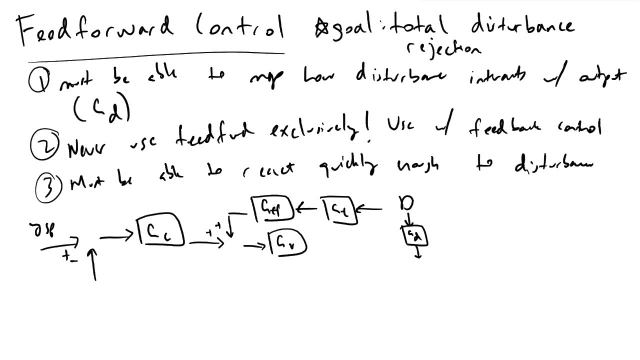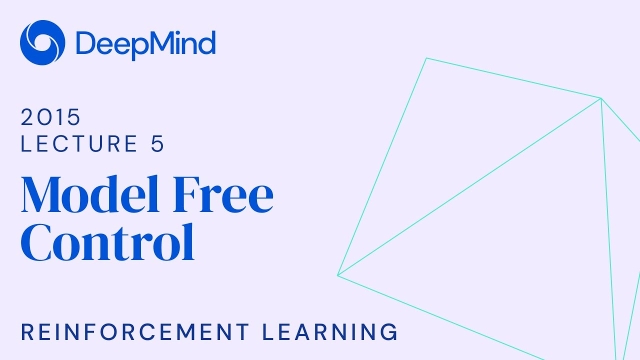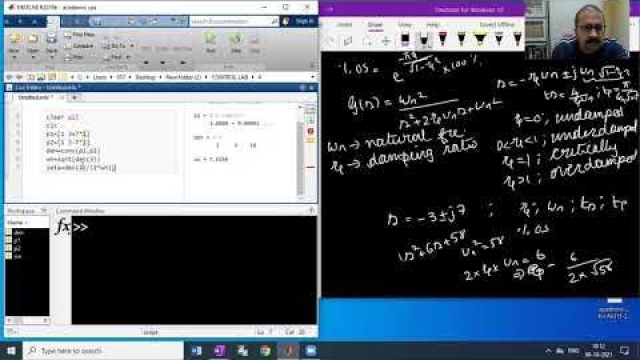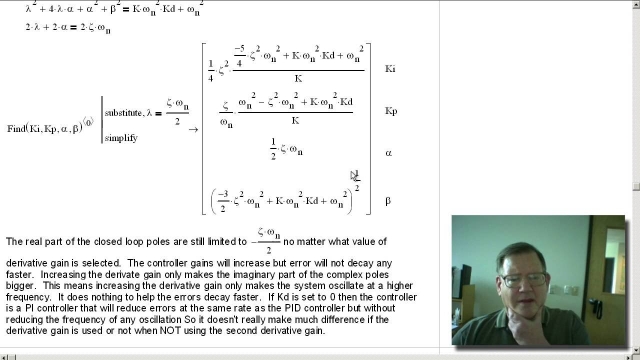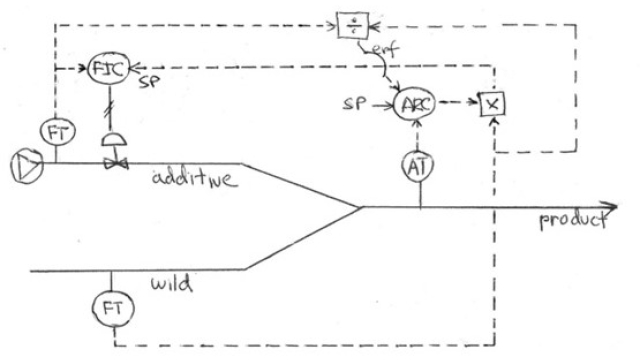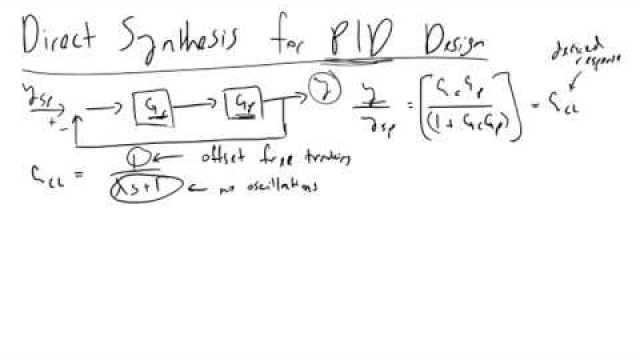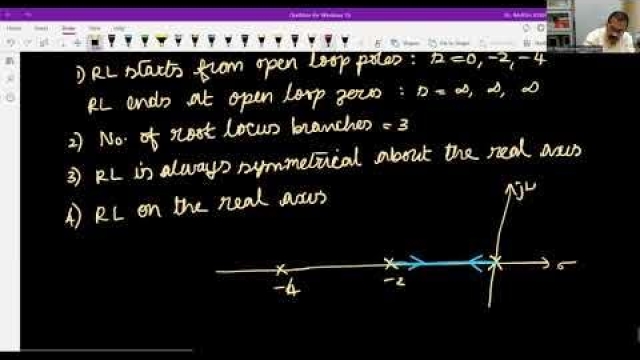
Type
Experience
Scope
Data-Driven Control: Balanced Proper Orthogonal Decomposition
In this lecture, we introduce the balancing proper orthogonal decomposition (BPOD) to approximate balanced truncation for high-dimensional systems.
See MoreIntroduction to Full State Feedback Control
In this video we introduce the concept of a full state feedback controller. We discuss how to use this system to place the eigenvalues of the closed loop sys...
See MoreSVD: Eigenfaces 1 [Matlab]
This video describes how the singular value decomposition (SVD) can be used to efficiently represent human faces, in the so-called "eigenfaces" (Matlab code, part 1).
See MoreDerivation of Rodrigues’ Rotation Formula
In this video we explain and derive Rodrigues’ Rotation Formula. This functions describes how to rotate an arbitrary vector about another arbitrary axis of ...
See MoreManipulating Aerodynamic Coefficients
In this video we discuss some potential problems you may encounter when attempting to perform operations with dimensionless aerodynamic coefficients such as CL and CD.
See MoreLeast Squares Regression and the SVD
This video describes how the SVD can be used to solve linear systems of equations. In particular, it is possible to solve nonsquare systems (overdetermined or underdetermined) via least...
See MoreSetting Up Your Radio Connection - dRehmFlight VTOL
This video will show you how to set up your radio to work with dRehmFlight VTOL. The code supports PWM, PPM, and SBUS type receivers, allowing you to connect and use 6 channels within the...
See MoreMachine Learning Control: Genetic Algorithms
This lecture provides an overview of genetic algorithms, which can be used to tune the parameters of a control law.
See MoreIntroduction to Deep Learning by Andrew NG [COMPLETE]
Andrew Ng's course on deep learning and neural networks.
See MoreParticle Filter Explained without Equations
This video provides a quick graphical introduction to the particle filter. It does a good job building some intuition behind the filter without ever touching on any mathematics. It's worth a...
See MoreFourier Series [Matlab]
This video will describe how to compute the Fourier Series in Matlab.
See MoreTime domain - tutorial 4: transformation examples
In this video, we solve examples to practice different signal transformations using a systematic approach. By the end of this lecture, you should be able to ...
See MoreUnderstanding Model Predictive Control, Part 3: MPC Design Parameters
To successfully control a system using an MPC controller, you need to carefully select its design parameters. This video provides recommendations for choosing the controller sample time...
See MoreBode Stability Criterion in Frequency Response Analysis Intro
The Bode stability criterion allows us to quickly determine the stability and relative stability of a transfer function. It uses a graphical method that can ...
See MoreStanford CS234: Reinforcement Learning | Winter 2019 | Lecture 9 - Policy Gr...
Professor Emma Brunskill
Assistant Professor, Computer Science
Stanford AI for Human Impact Lab
Stanford Artificial Intelligence Lab
Statistical Machine Learning Group
See MoreThe Fourier Transform and Derivatives
This video describes how the Fourier Transform can be used to accurately and efficiently compute derivatives, with implications for the numerical solution of differential equations.
See MorePeter Ponders PID - Controlling an Under Damp Mass and Spring System
Demonstrates:How to calculate the PID gains. The importance of the derivative gain. How to simulate the mass and spring systemControl limitations based on s...
See MoreControl Bootcamp: Observability
This video explores the observability of a linear system, namely the ability to estimate the full state "x(t)" from a time-history of limited output measurements "y(t)".
See MoreFeedforward Control Intro
If we know how a disturbance will affect an output, we can proactively change our manipulated variable to counteract it.
See MoreRL Course by David Silver - Lecture 5: Model Free Control
Dives into On Policy Monte-Carlo Control and Temporal Difference Learning, as well as Off-Policy Learning.
See MoreControl Systems with MATLAB - Time Domain Analysis
Peter Ponders PID - Why PID with 2nd Derivative Gain?
If you have ever tuned a hydraulic system and wondered why PID control didn't work better than PI control the answer is here. Since the 1980s people have kn...
See MoreRatio Control and Scaled Signal Calculations
When and how to use ratio, and how to implement within standard scaled signals
See MoreDirect Synthesis for PID Design Intro
Direct Synthesis for PID Design Intro
See More
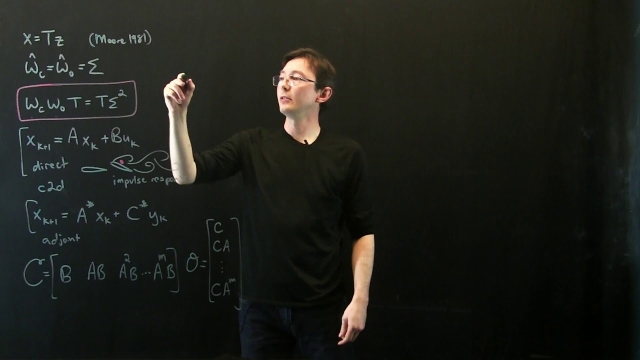
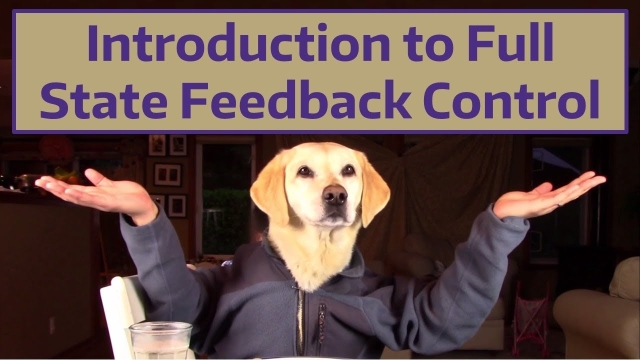
![SVD: Eigenfaces 1 [Matlab]](/sites/default/files/styles/search_resulkts/public/2020-12/maxresdefault_412.jpg?itok=X4iw3jz2)
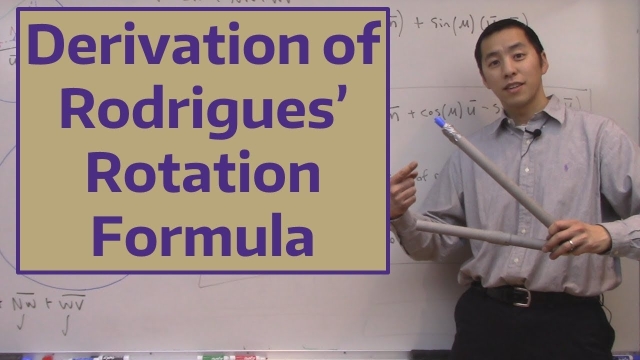

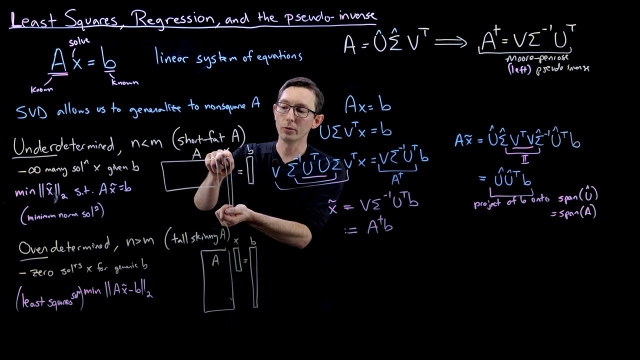
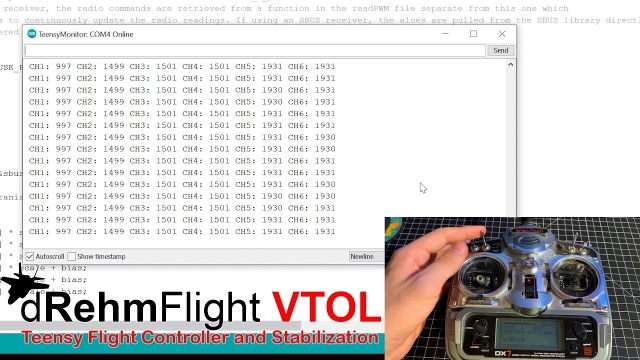
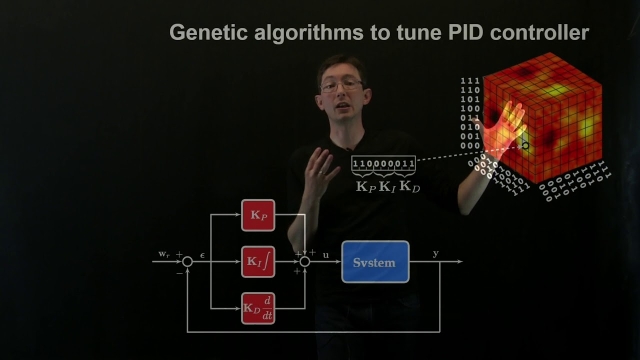
![Introduction to Deep Learning by Andrew NG [COMPLETE]](/sites/default/files/styles/search_resulkts/public/2022-01/intro_DL_0.jpg?itok=jS-vFChN)
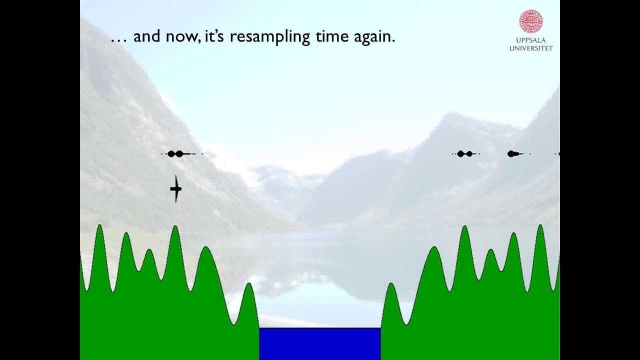
![Fourier Series [Matlab] Fourier Series [Matlab]](/sites/default/files/styles/search_resulkts/public/2020-12/maxresdefault_361.jpg?itok=HDuxGf-8)
